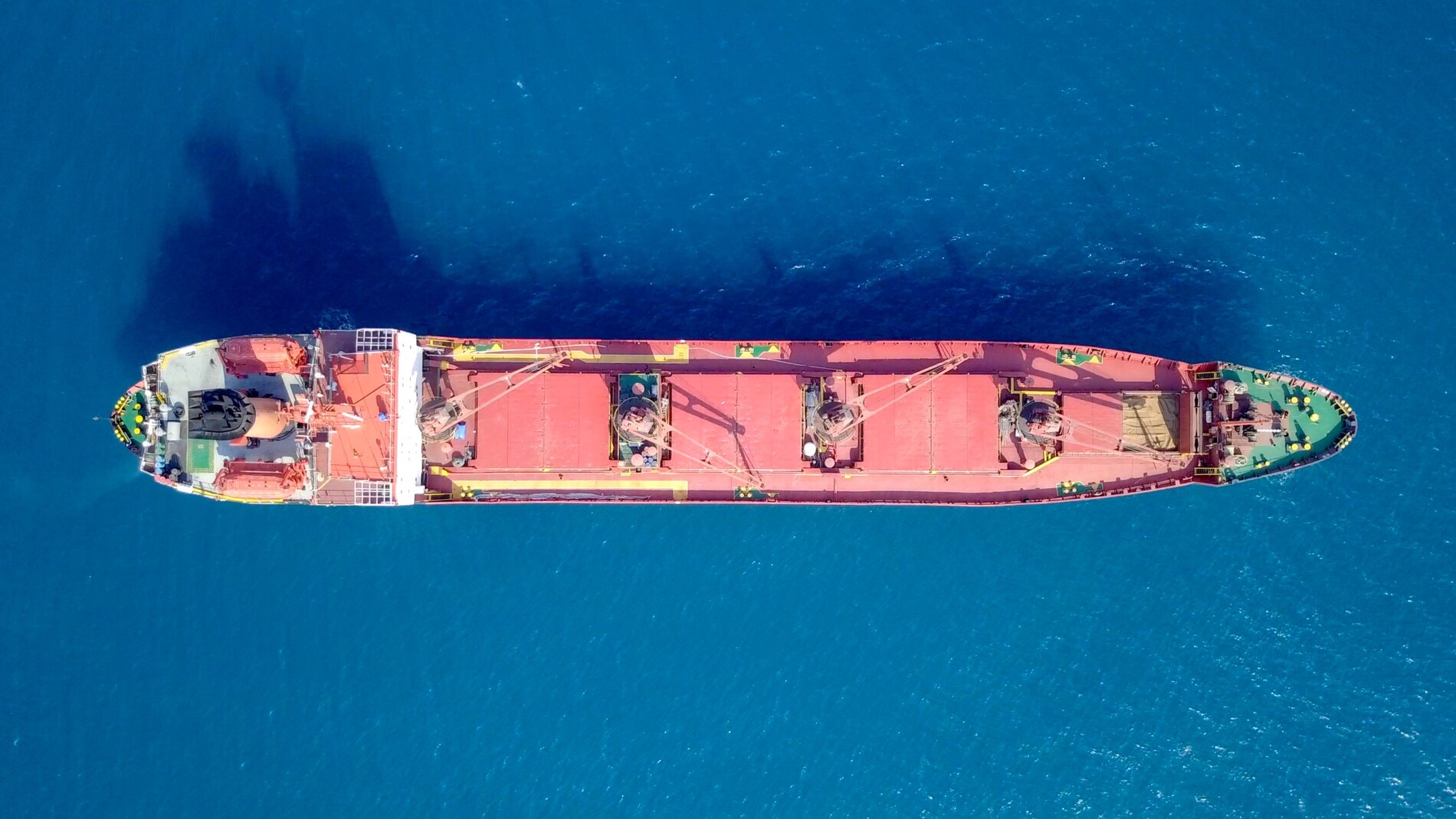Traditionally, high speed ferries have been a major challenge for underwater hull coatings. Their operating profile of frequent static periods and the requirement to reach full speed (often in excess of 20 knots) to maintain tight passenger schedules, has meant few coatings have met the grade. This case shows how AkzoNobel’s premium, biocide-free foul release coating, Intersleek 1100SR has met this challenge head on.
Two high-speed ferries owned and operated by TT-Line Company Pty Ltd and running between Australia’s Port of Melbourne and Devonport on the island of Tasmania have had a series of hull coating upgrades which are paying off in terms of improved efficiency and lower maintenance requirements. One of the ferries has already had upgraded her hull coated with AkzoNobel’s top-of-the-range biocide-free foul release coating, Intersleek 1100SR, whilst the second vessel will have a similar coating upgrade at a docking later this year.
Challenges
The two ships, Spirit of Tasmania I and II, operate on this very challenging route, a 249-nautical mile voyage which takes in the harsh conditions prevailing in the deep water of the Bass Strait and the very shallow and speed-restricted water in Port Philip Bay on the approach to Melbourne. From approximately April to December, the two ferries sit alongside their respective berths for about 13.5 hours in every 24-hour cycle. The fouling challenge is therefore substantial.
The 194m-long ships run a nightly service year-round and, during about four months in the summer, they also provide a daily service on several days of the week. The ships maintain service speeds of 23 knots at night but are required to sustain a higher speed of 28 knots in open water on the daytime sailings. Thus, it is a major challenge for these vessels to maintain their operational speeds in this harsh fouling environment. And using a suitable underwater coating to maintain the vessel schedules is of extreme importance to the vessel operators.
Results, Return on Investment and Future Plans
“The reduced level of fouling and the fact that the coating lasts much longer has simplified maintenance, provided cost efficiencies and enabled resources to be focused on other critical areas.”
“Some of the benefits have become more apparent over time and we consider that the move to use Intersleek has been a sound investment. We have found, for example, that unlike conventional hull coatings which require serious cleaning and often have to be replaced almost every two years, Intersleek 970 remained fairly clear of fouling and what had accumulated could be easily removed with a low-pressure wash during the ships’ biennial dockings. After the wash, the coating looked as though it were brand new.”
“However, over time, we can clearly see the benefits of the hull coating upgrades. The loss of speed over the ships’ two-year docking cycles is hardly noticeable as compared with the days when we used SPC antifouling. But more importantly, the reduced level of fouling and the fact that the coating lasts much longer has simplifiedmaintenance, saved us money and enabled resources to be focused on other critical areas.”
- Quotes from Stuart Michael, TT-Line’s General Manager of Marine Operations
Download PDF
Contact us

We are here to help
Speak with one of our experts to discuss how we can get the best results for your area of application.



